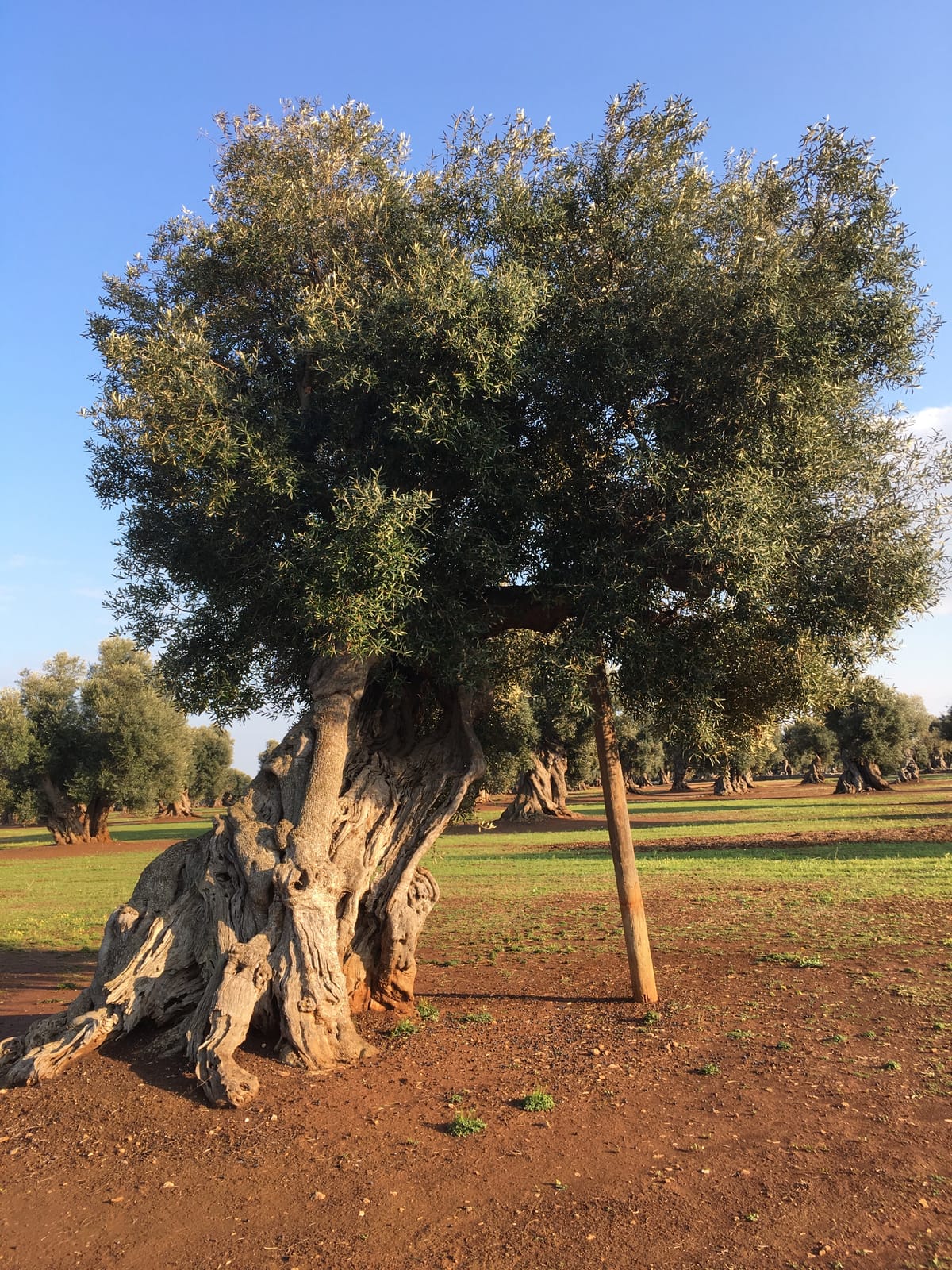The Peak (Olive) Oil Crisis
Why Does the Healthiest of all Fats Suddenly Cost a Fortune?

I’m an olive oil addict. At any one time, there are two bottles going in our kitchen: a well-priced 750 ml (25 oz) bottle for everyday sautéing, and a more expensive 500 ml (16 oz) bottle of flavorful Italian, Spanish, or Portuguese oil for dressing salads and finishing dishes. I regularly shoot down tablespoons of the stuff, as if it were cod liver oil, and I’ve been known to rub it into my skin, like a lotion. Our family of four goes through at least two full-sized bottles a month. That’s getting close to the two monthly quarts people in ancient Rome consumed (under the Cura Annonae, or grain dole, olive oil was one of the products that was distributed free of charge to citizens of Rome). I attribute my young sons’ stamina, high energy levels, and lustrous hair to all the olive oil that their parents sneak into their diet.
The problem with having olive oil as a staple in your diet is that Olea europaea, the olive tree, can only really thrive in a narrow band between 30 and 45 degrees latitude, a zone that, north of the equator, neatly encompasses the Mediterranean1. While olive trees have been successfully transplanted to California, Chile, and Australia, their true homeland remains the shores of Homer’s wine-dark sea. This makes being a locavore a non-starter for me. Because I’ve decided not to rely on butter (delicious, but disastrous for you in the long run if you make it your fat-of-choice), or seed oils (canola, sunflower, soybean, “vegetable,” all chemically extracted, and with poor Omega-3 to Omega-6 ratios), I have to depend on the year’s harvest in Crete, Andalucia, or Puglia to keep my system, and our household, firing on all cylinders.

Until recently, opting for extra virgin hasn’t been a problem. We live in a major North American city, Montreal, in a neighborhood with a big Greek, Italian, and Portuguese population. Container loads of the good stuff land in port shortly after the autumn harvest. I know, and frequent, all the grocery stores that serve these communities, and I always check the label to make sure I’m getting the latest possible harvest. (You want the expiry date to be as far in the future—two years being the maximum—as possible; if the label shows the harvest date, you want it to be as recent as possible.)
Last year, I was paying about $9.99 Canadian for a 750 ml bottle of my standby, freshly-harvested and pressed oil from a cooperative in Crete.
